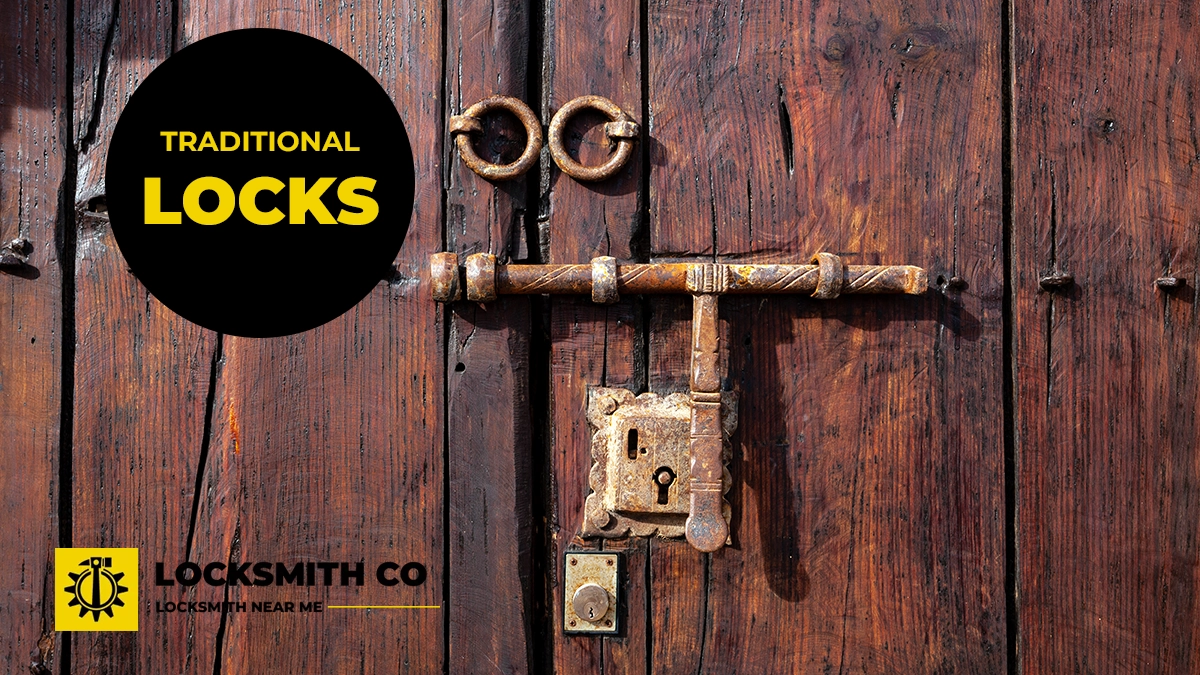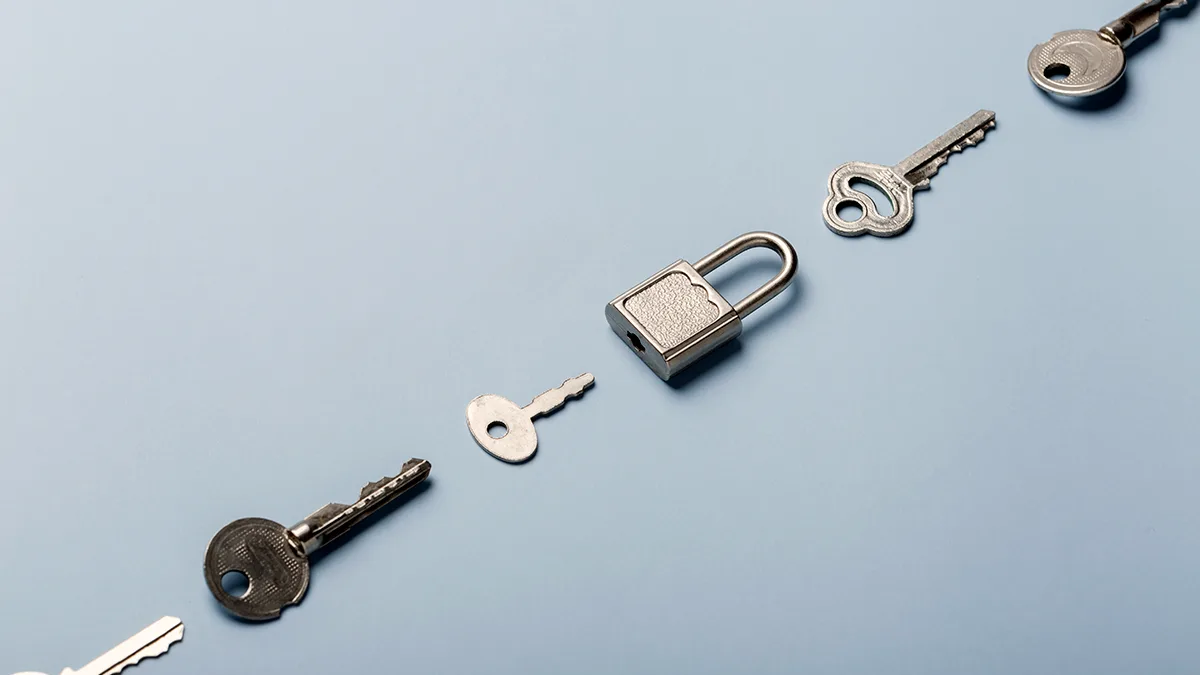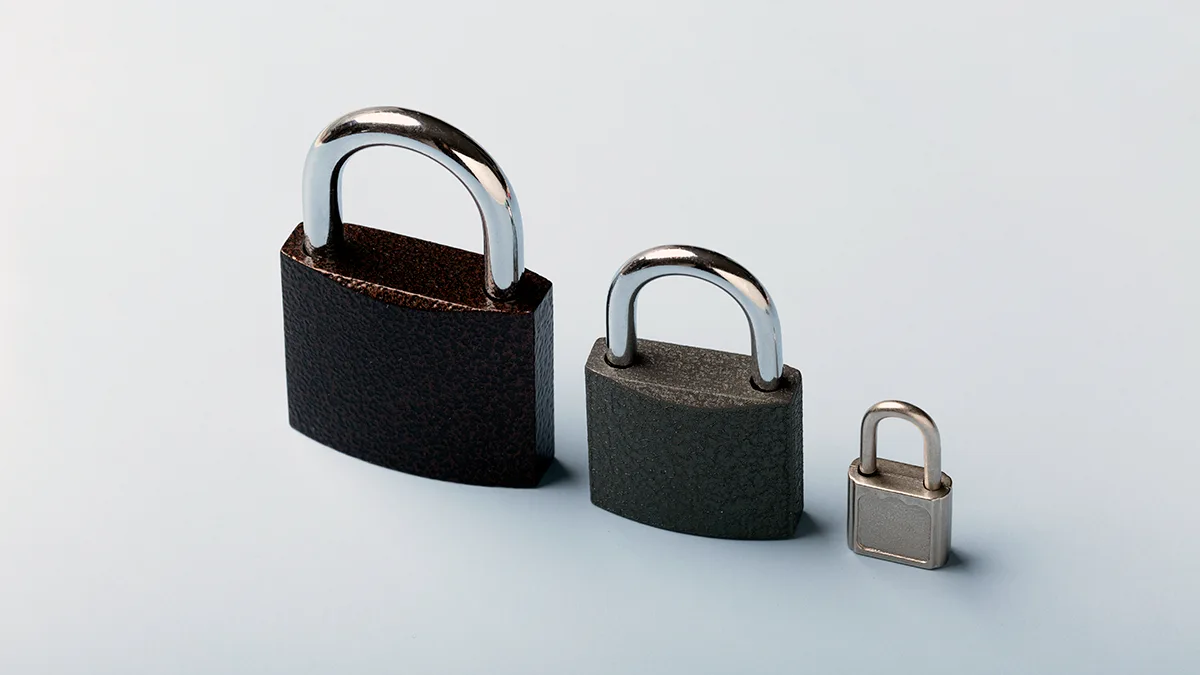5 Ways a Locksmith Can Improve Your Home Security Today. In an increasingly uncertain world, ensuring…
The Hidden Flaws of Traditional Locks: What You Need to Know
The hidden flaws of traditional locks: Traditional locks, while seemingly secure and ubiquitous, harbour a number of hidden flaws that can compromise the safety of your property.
Despite their widespread use in both residential and commercial settings, these conventional mechanisms are often susceptible to a range of vulnerabilities, including picking, bumping, and brute force attacks.
The hidden flaws of traditional locks
In this article, we will delve into the various problems associated with traditional locks, shedding light on why they may not be the most reliable option for safeguarding your premises.
By understanding these shortcomings, you can make a more informed decision about your security needs and explore modern alternatives that offer enhanced protection.
Common Vulnerabilities of Traditional Locks
Easily Picked and Bumped
One of the primary vulnerabilities of traditional locks is their susceptibility to picking and bumping.
This skill can be learned relatively easily and with minimal equipment. Bumping, on the other hand, uses a specially crafted key, known as a bump key, to align the pins in the lock and open it.
Both methods can be executed quickly and covertly, making traditional locks an easy target for intruders.
Given how straightforward these techniques are, the security provided by conventional locks is significantly compromised.
More advanced locks, such as those with pin-tumbler mechanisms or electronic components, are considerably more resistant to these types of attacks.
Understanding this vulnerability is crucial for anyone looking to secure their property effectively.
Susceptibility to Forced Entry
Traditional locks are also highly susceptible to brute force attacks, which represent a significant security flaw.
These attacks involve the use of physical force to break the lock or door mechanism, allowing unauthorised entry.
Common methods include hammering, drilling, or using a crowbar to force the lock open.
Unfortunately, many traditional locks are not designed to withstand such force, making them an easy target for burglars.
This vulnerability is particularly concerning for residential properties and small businesses, where high-security locks are often overlooked.
Employing stronger materials and more complex locking mechanisms can mitigate this risk, but traditional locks frequently fall short in this regard.
To truly ensure the security of your property, it is essential to consider alternative options that offer better resistance to forced entry.
Understanding this limitation is a critical step in enhancing your overall security strategy.
Technological Advancements in Lock Security
Smart Locks and Their Benefits
Smart locks have emerged as a robust alternative to traditional locks, offering a range of benefits that significantly enhance security.
These advanced locking systems can be controlled remotely via smartphones, allowing property owners to lock or unlock their doors from anywhere.
Smart locks often come equipped with features like biometric recognition, keyless entry, and real-time alerts, which provide a higher level of protection and convenience.
For instance, biometric recognition uses fingerprint or facial recognition technology, making unauthorised access extremely difficult.
Keyless entry eliminates the risk of lost or stolen keys, while real-time alerts notify you of any attempted breaches.
Moreover, smart locks can be integrated with other home security systems, such as cameras and alarms, to create a comprehensive security network.
By adopting smart locks, you can ensure a more secure and convenient solution for safeguarding your property.
Biometric Security Options
Biometric security options represent a significant leap forward in lock technology, providing a level of security that traditional locks cannot match.
These systems use unique biological traits, such as fingerprints, facial features, or even retinal patterns, to grant access.
Because these traits are unique to each individual, the likelihood of unauthorised entry is dramatically reduced.
Fingerprint scanners are among the most common biometric options, offering quick and reliable access without the need for keys or PIN codes.
Facial recognition systems further enhance security by ensuring that only registered users can gain entry.
Additionally, some advanced biometric systems can store multiple profiles, making them suitable for both residential and commercial applications.
By incorporating biometric security options, you can ensure that your property is protected by cutting-edge technology that is both secure and convenient.
This approach not only deters potential intruders but also simplifies access for authorised users.




Comments (0)